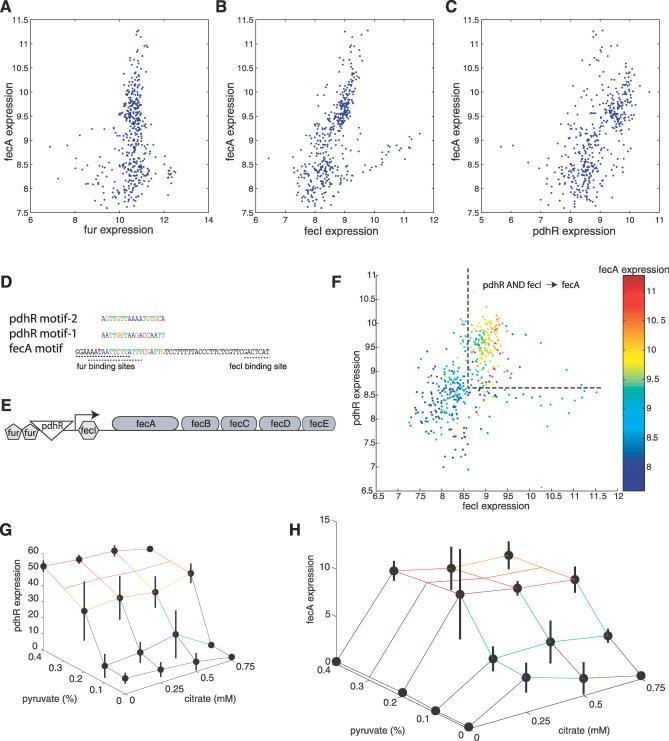Figure 6. Analysis of the Regulation of the fecABCDE Iron Transport Operon.
All expression data are log2 transformed and RNA normalized.
(A) Fur shows no correlation to the fecA operon, one of its known target operons.
(B) FecI shows correlation to its known operon target fecA with a bifurcation that suggests combinatorial regulation by another transcription factor.
(C) PdhR, a regulator of pyruvate metabolism, is not known to regulate the fecA operon. However, their expression values are correlated in the compendium.
(D) Alignment of known PdhR binding motifs with fecA promoter. The known FecI binding motif is further downstream.
(E) A schema of the new proposed regulatory structure of the fecABCDE operon.
(F) Viewing the expression of fecA (the z-axis is represented as color changes corresponding to the values on the color bar on the right) as a function of both transcription factors suggests its regulation by FecI and PdhR might be AND-like.
(G) pdhR expression is highly dependent on the concentration of pyruvate in the media. Expression values exhibit high uncertainty at the threshold pyruvate concentration of 0.2% (represented by vertical error bars), suggesting a bifurcation of cells into high and low expression states.
(H) fecA expression was measured at 16 concentrations of two chemicals, citrate and pyruvate, known to alter the expression of fecI and pdhR, respectively. The results further support the hypothesis that fecA expression is controlled with AND-like behavior by FecI and PdhR. fecA expression exhibits high uncertainty at 0.25 mM citrate and 0.2% pyruvate. As with pdhR expression in (G), this high uncertainty may reflect the probabilistic nature of induction near the switching threshold.

